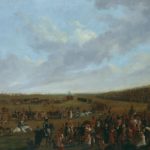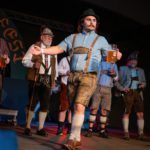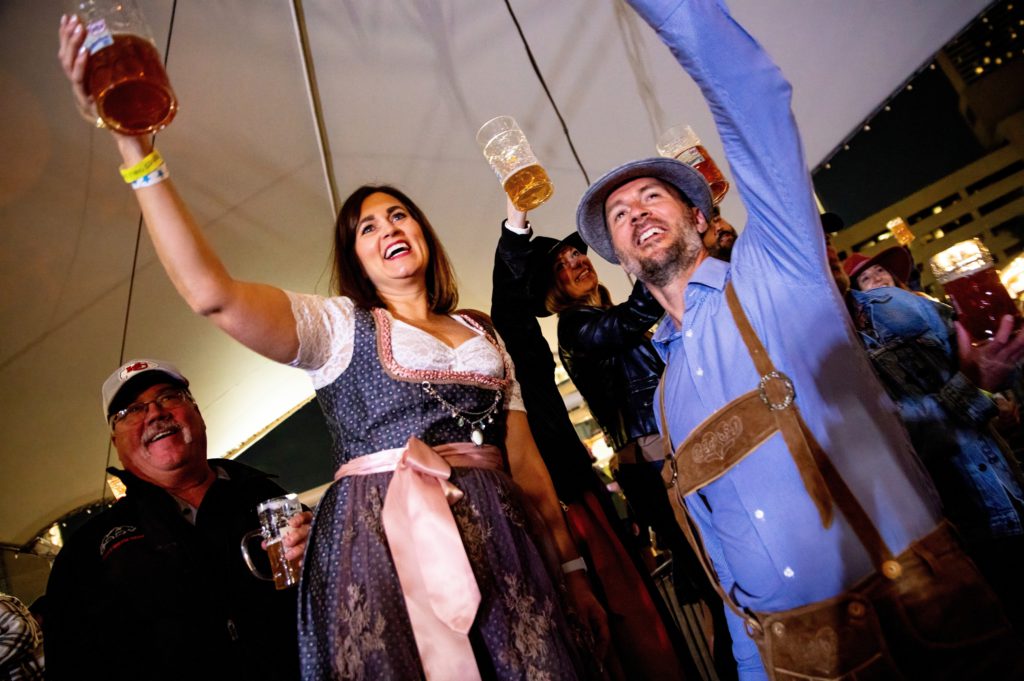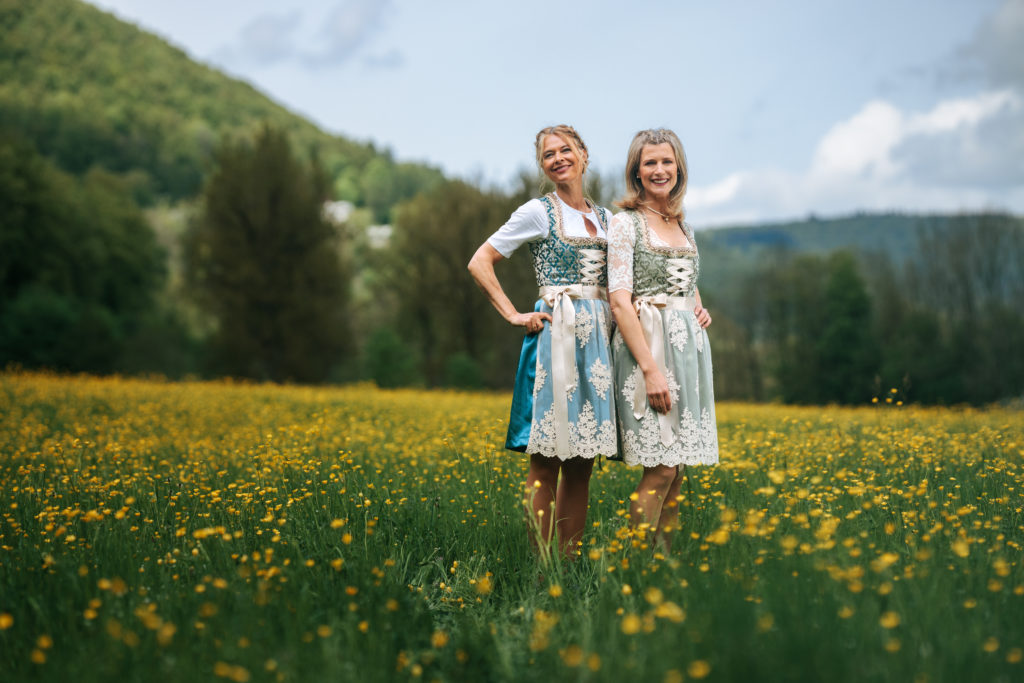KC Oktoberfest started as an Oktoberfest-themed celebration at Kansas City Bier Company in 2015, and has since grown to a two-day festival at Crown Center drawing nearly 16,000 attendees each year. But, the history of our festival pales in comparison to the history of Oktoberfest in Germany. Since its origins 215 years ago, Oktoberfest has become a cultural phenomenon not only in its home country, but across the world.
The First Oktoberfest: A Royal Wedding
In 1810, a member of the Bavarian National Guard named Andreas Michael Dall’Armi had an idea. To celebrate the upcoming wedding of Prince Regent Ludwig of Bavaria to Princess Therese of Saxe-Hildburghausen, he proposed, they should put on a big horse race. King Max I Joseph loved the idea, and the rest, as they say, is history.
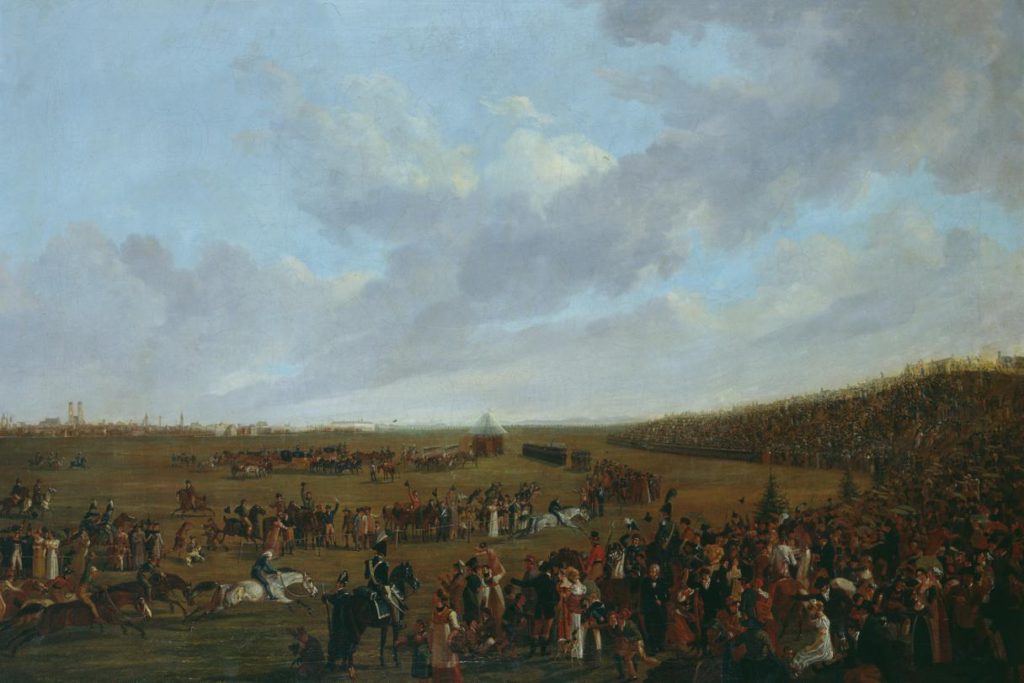
This first Oktoberfest looked a little different than the Oktoberfest you think of today. There were no Ferris wheels, games, or big bier tents. On October 12, 1810, the wedding took place. The festivities lasted 5 days in the city center, and ended on October 17th with a large horse race outside the gates of Munich. Children and adults dressed in Bavarian folk outfits and brought poems, flowers, and fruit to honor the newlyweds. The meadow was named “Theresens-Wiese” in honor of the bride. This name is still used in Munich Oktoberfest today, sometimes written “Theresienwiese” or referred to as “the Weisn”.
The very next year, the people demanded more, but there was no royal wedding to celebrate. So, the Bavarian agricultural association took over organization of the festival. Sadly, in 1813, Oktoberfest was cancelled due to the Napoleonic wars.
Oktoberfest Reborn: 1819
After the wars, Oktoberfest was privately funded for a few years and continued to grow. Then, in 1819, the city decided to take over and make the celebration a top priority each year. The city was hopeful that a large Oktoberfest would draw a crowd and therefore generate large amounts of revenue annually.
Oktoberfest Milestones
Oktoberfest grew steadily throughout the 19th and 20th centuries, adding new attractions, traditions, and visitors each year. Some important milestones:
•1816: First appearance of carnival booths at Oktoberfest. Prizes included gold, silver, and jewelry.
•1818: First carousel and swings were brought to Oktoberfest.
•1835: First parade at Oktoberfest
•1850: The statue of Bavaria, guardian of Oktoberfest, was erected
•1881: First roasted chicken outlet opened at Oktoberfest
•1910: 100 Year Anniversary of Oktoberfest
•1950: Munich Mayor Thomas Wimmer tapped the first bier barrel, setting a tradition that still stands today
•1960: Horse races at Oktoberfest end
•2005: A “Quiet Oktoberfest” is introduced to appeal to families
•2010: 200 Year Anniversary of Oktoberfest
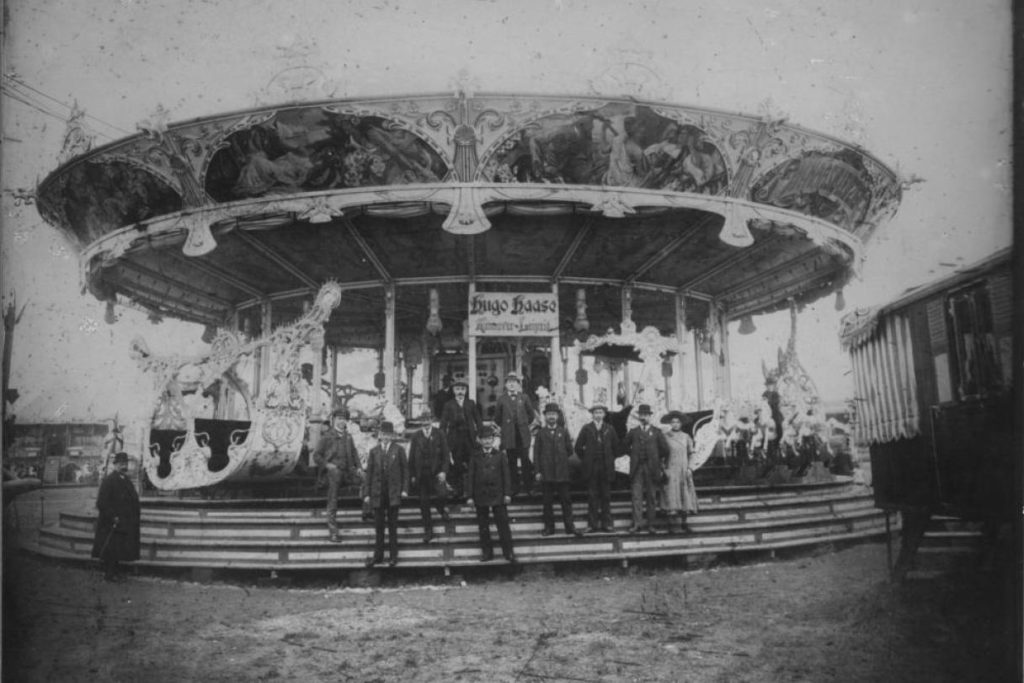
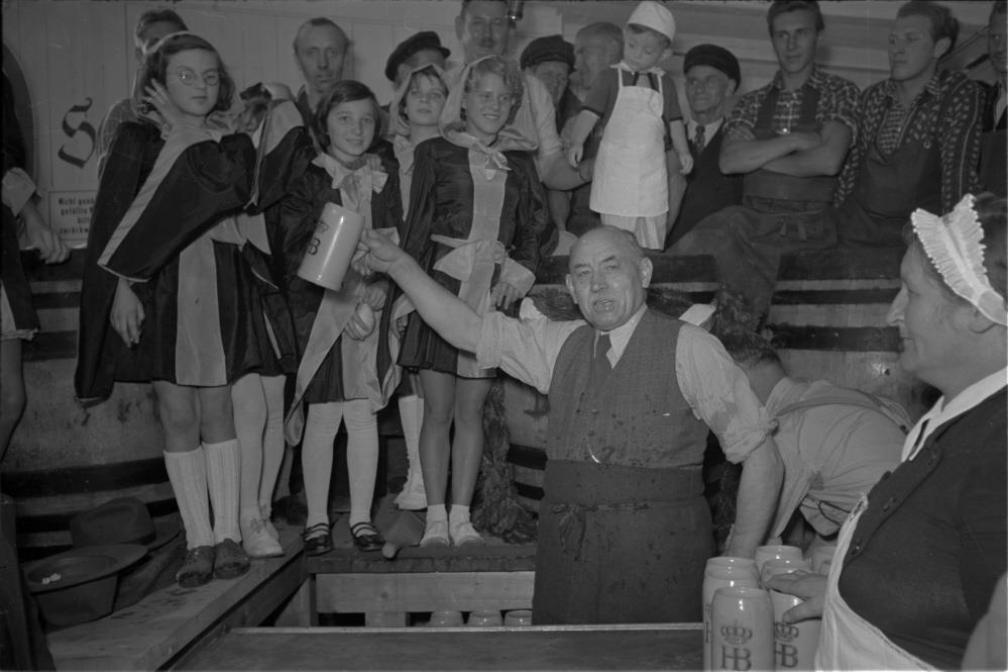
Oktoberfest Today
Today, Oktoberfest in Germany is a massive celebration spanning more than two weeks! It begins in late September (to align with warmer temperatures in Bavaria) and lasts until the first week of October. There are massive bier tents that seat thousands, big carnival rides, and a non-stop flow of bier from six Bavarian legacy breweries: Augustiner, Hacker-Pschorr, Hofbräu, Löwenbrau, Paulaner, and Spaten.
KC Oktoberfest 2025
For KC Oktoberfest, we choose the first weekend of October to align with the end of the Munich Oktoberfest. This year, it falls on October 3rd and 4th.
The festival is produced and planned by Kansas City Bier Company, who also provides all of the bier at the event, brewed with all-imported German ingredients. We strive to bring a fusion of traditional Oktoberfest culture and American fair tradition, with family-friendly games and activities, a vendor marketplace, a variety of local food vendors, German music on multiple stages, and of course- bier.
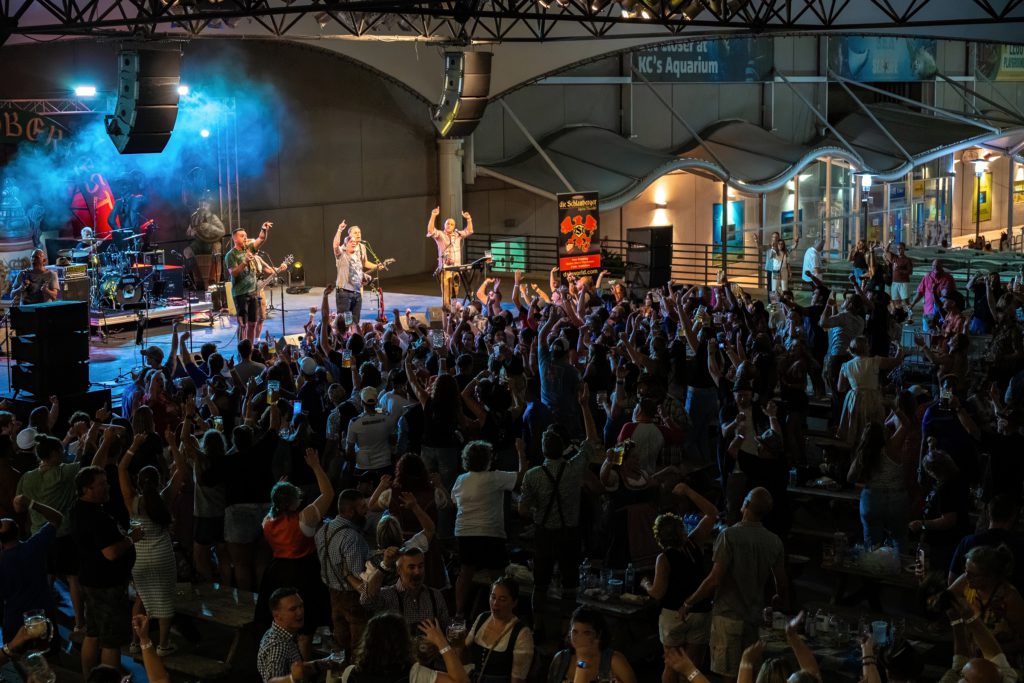
Long live the Oktoberfest tradition! Prost!
Sources
Oktoberfest.de (2025) The history of Oktoberfest, Oktoberfest.de. Available at: https://www.oktoberfest.de/en/magazine/tradition/the-history-of-oktoberfest (Accessed: 19 September 2025).
Oktoberfest history: Origins of the festival (2019) Oktoberfest. Available at: https://www.oktoberfesttours.com/oktoberfest/history-of-oktoberfest (Accessed: 19 September 2025).

